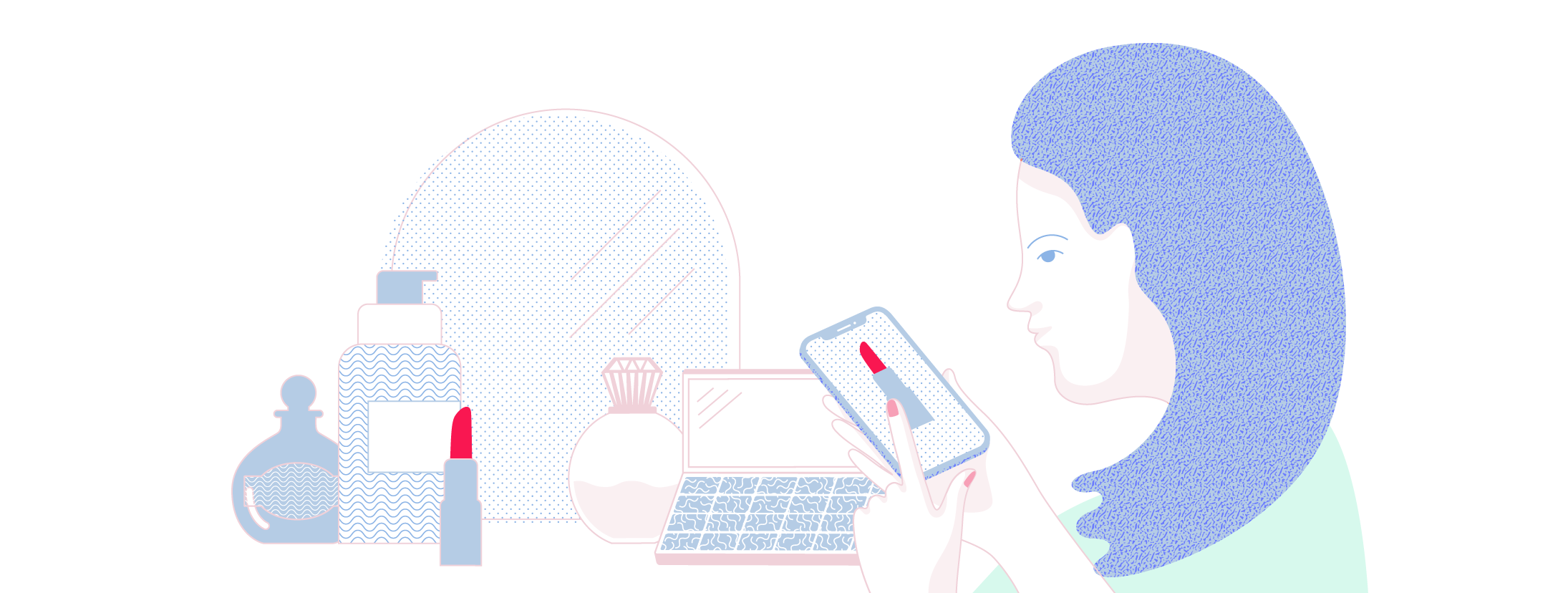Maximizing Online Cosmetics Revenue: A Report for Merchants

In this blog we give readers a taste of our Cosmetics Report, which offers insights into shopping patterns and fraud trends unique to online cosmetics, as well as best practices for effectively reviewing transactions for CNP fraud without hindering the shopping experience.
The global cosmetics market is expected to be worth $390 billion by 2020, and based on current trends, eCommerce will play a significant role in overall industry expansion. But failing to recognize and capitalize on growth opportunities can play directly into the competition’s hands. To make the most of this potential market, online merchants need to be providing consumers with an optimal user experience. A large part of this is understanding how to maximize approval rates, limit the use of high-friction validation measures, and ensure systems can deal with overseas and mobile orders.
In this blog we give readers a taste of our report, which offers insights into shopping patterns and fraud trends unique to online cosmetics, as well as best practices for effectively reviewing transactions for CNP fraud without hindering the shopping experience.
The Beauty of Cross-Border Sales
Cross-border eCommerce cosmetic sales are on the rise: not only are cosmetics low risk and cheap to ship, but there’s also a rather significant disparity in prices around the globe. So it’s a good bet that consumers paying top dollar for items domestically will eventually turn to the online market.
In too many cases, fraud teams automatically reject orders from ‘risky’ countries. But given the changing landscape, it’s unwise to make too many assumptions about where the risk in international sales will come from – especially considering that so many developing economies are on their way to becoming major revenue sources.
Countries like Mexico and Brazil don’t have the best reputations when it comes to online fraud, but despite lower-than-industry-average approval rates, a high portion of sales from these countries are actually legitimate (not to mention lucrative). Brazil ended 2016 with growth of nearly 8% and 48 million consumers spending $14.3 billion on the web. In other words, many orders from Mexico and Brazil are wrongly declined due to a misaligned perception of risk. With LATAM emerging as a strong online market, retailers are bound to benefit from observing trends, minimizing false declines, and providing shoppers from this region with a positive interaction.
The key takeaway here: note average safe approval rates, but don’t blacklist ‘risky’ countries. Automatic declines, or a conscious decision not to accept credit cards from countries with higher rates of fraud, will limit growth opportunities.
Holiday Highlights
Black Friday sees online order volumes soar well above average. In 2017, Riskified encountered over four times as many orders for cosmetics during Black Friday week and almost 2.5 times as many Cyber Monday sales than we did on an average week throughout the rest of the year. However, as Christmas neared the number of orders fell, which makes sense (particularly for international orders) given that consumers need to account for shipping time.
Merchants are often under the impression they should be extra vigilant when it comes to detecting CNP fraud over peak holiday sales times. The truth is that they need to be more concerned about ensuring that this vigilance doesn’t lead to false declines! The fraud rate generally remains static, so the huge increase in volume should only convert to higher approval rates.
Read the Full Report
To learn more about the shopping preferences of cosmetics consumers, the patterns that characterize legitimate online shopping behavior, and how to tailor your fraud systems to account for industry specific risks and trends, make sure you get our free report!



